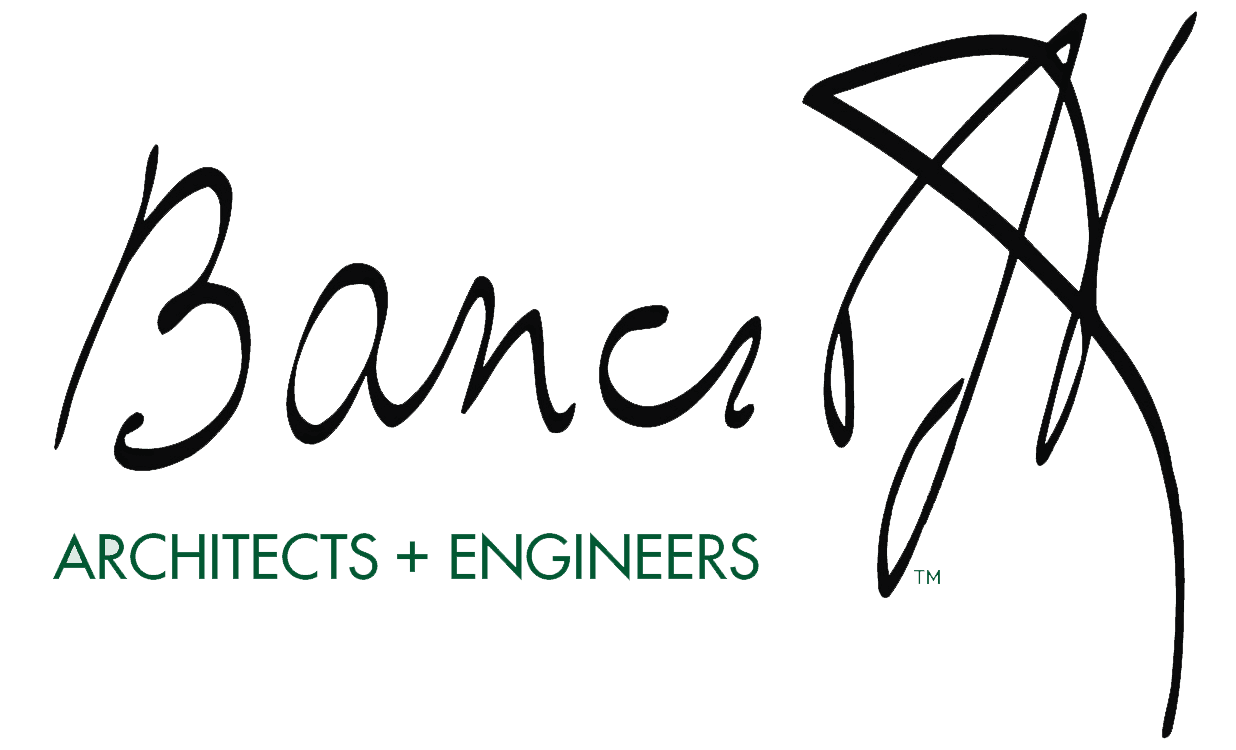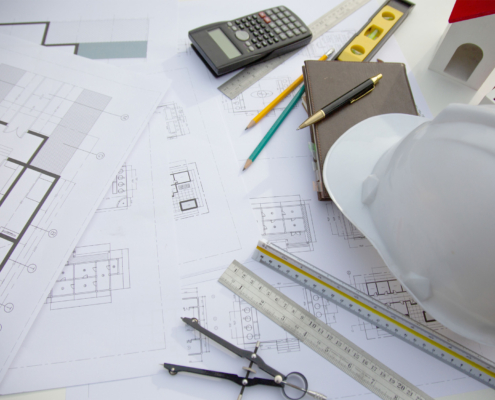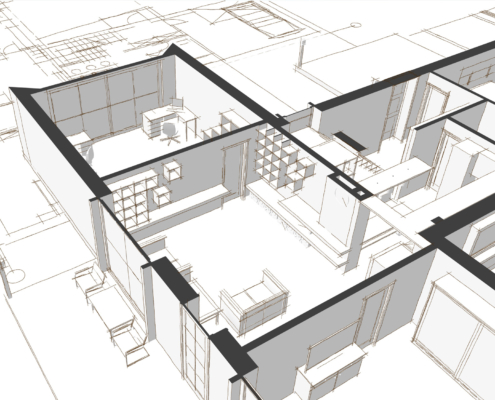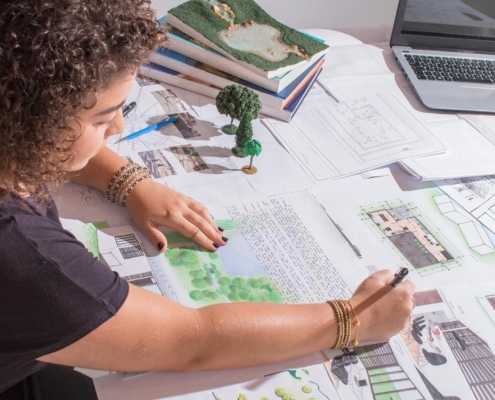Building information modeling refers to creating and managing digital representations of a building project. These digital models allow all stakeholders, including owners, architects, engineers, and contractors, to collaborate effectively when planning, designing, constructing, and managing buildings and infrastructure.
BIM enables collaboration and knowledge sharing among project stakeholders, leading to better decision-making, productivity, quality, and outcomes. The digital models act as a shared source of information that can be used to visualize, simulate, and analyze a building’s characteristics digitally before construction begins. A key benefit of BIM is the ability to evaluate different design options through digital prototyping, allowing stakeholders to assess constructability, efficiency, aesthetics, and performance.
